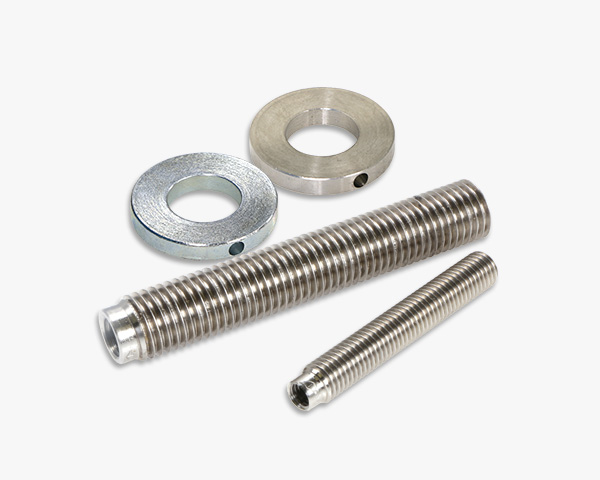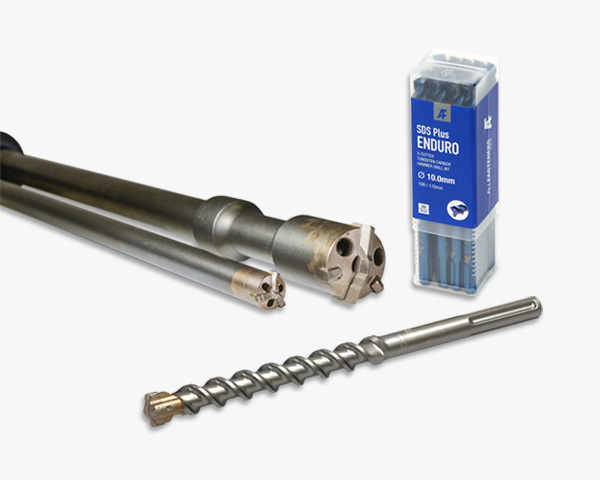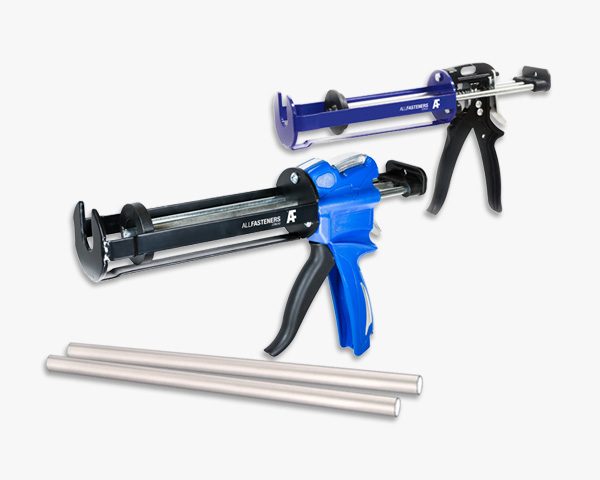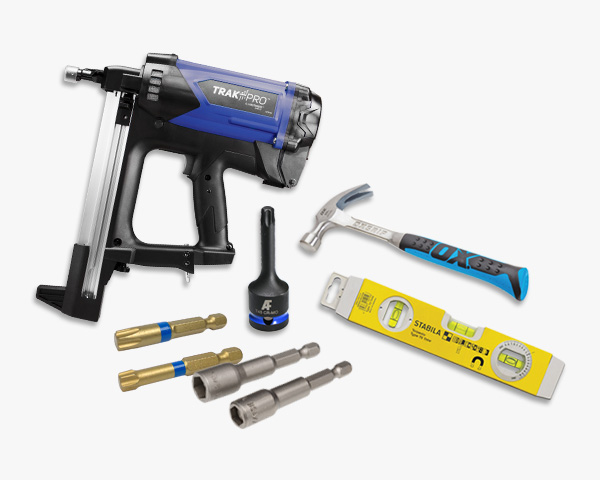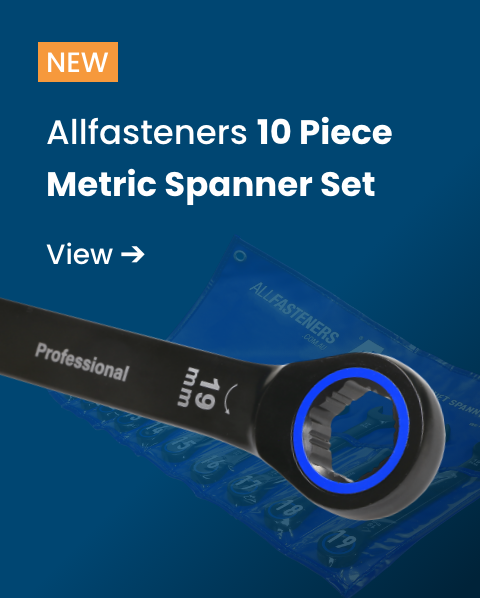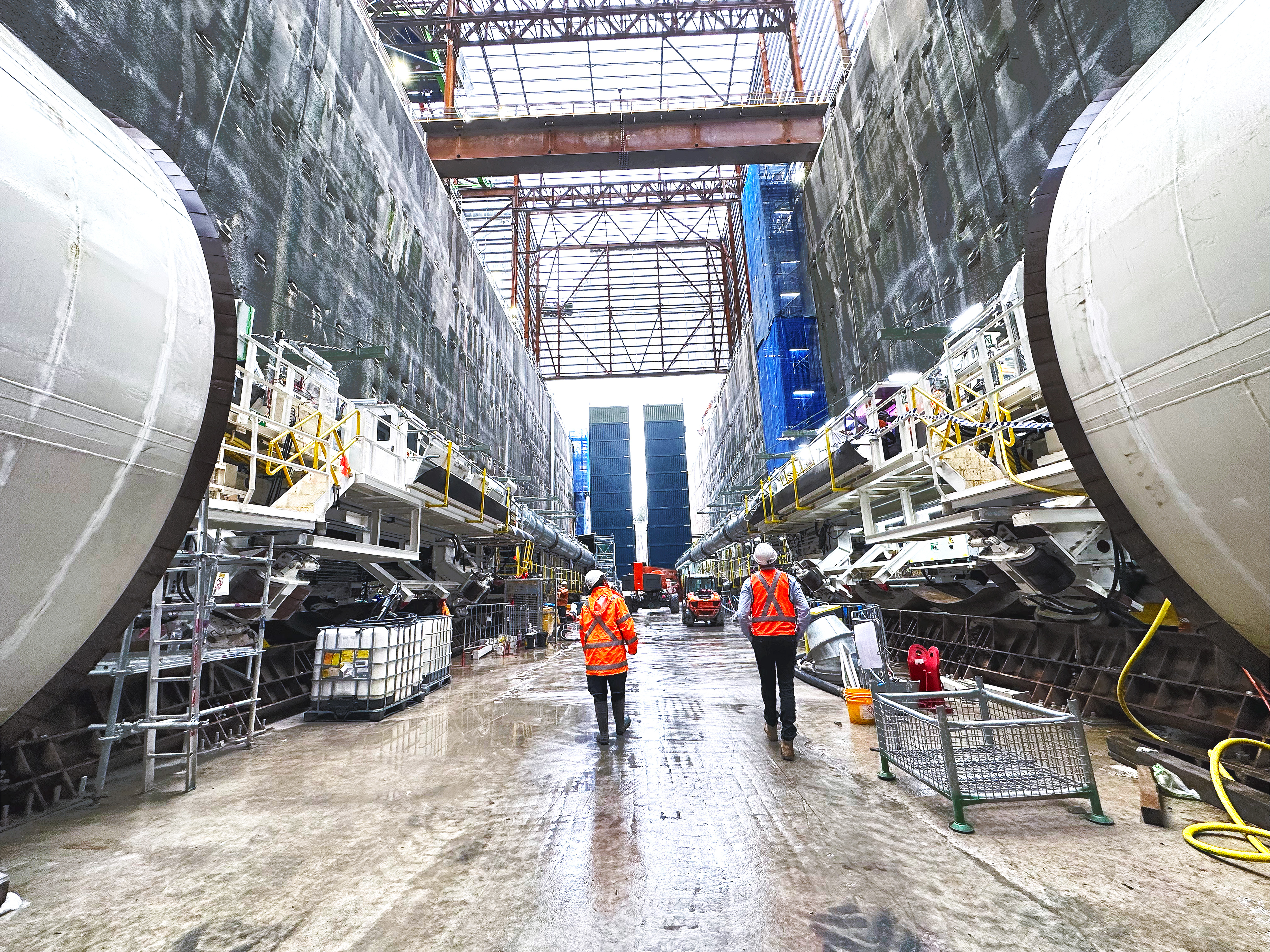-
Anchors
-
Chemical Anchors
-
Screws
-
Threaded & Manufactured
-
Security Fasteners
We stock a large range of industry standard tamper-proof fasteners for immediate delivery.
For ultimate security browse from the permanent one-way fixings and fasteners.
Retro fit fixings with security nuts, caps or enclosures.
- Rivets
-
Nails, Brads & Staples
- Drilling & Cutting
- Abrasives
-
Sealants & Adhesives
- Hardware
-
Tools
- Hydraulic Testers
- Site Supplies
Why Use Undercut Screws Over Regular Hinge Screws?
Don’t let a nice door become unhinged.
Hanging a door can be one of the fiddliest jobs a builder encounters – propping it up whilst trying to align hinges and latches. It’s a thing you want to get right the first time.
Using the wrong fasteners to secure the hinge plates can undo it all. Maybe not immediately, but after some repetitive opening and closing, you might need to dismantle a loose door, and start all over again.
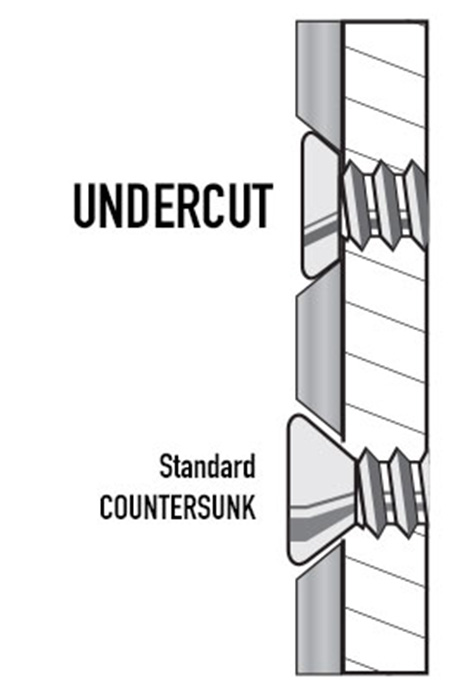 The Standard Way
The Standard Way
The use of standard self-tapping screws is common in hinges when fixing to timber doors and jambs. When fixing to steel or aluminium, the conical head shape can mean that it will bottom out on the surface you are fixing the hinge too before the clamping effect of the fastener occurs. With this, the hinge can remain loose and the fastener is ineffective.
The Undercut Way
Undercut screws have a flat bottom under the head, as opposed to a conical head that tapers down to the shank. With the conical taper taken out of the equation, the hinge screw sits firmly against the countersunk hole in the hinge, with 100% contact, before the bottom of the head gets anywhere near the surface you are fixing to.
With this, not only is the screw secured, but the hinge plate has no chance of having a space behind it from which to potentially swing or move.
See Allfasteners for Hinge Screws – the Right Ones
An undercut screw will also sit slightly more flush than a standard self-tapper, so the final aesthetic appearance of your job will be much nicer. Also, they don’t need to be used with just hinges, any application where you are fixing thin metal plates or strips to other metals undercut screws can be the answer. Questions about sizes, finish and availability of hinge screws? For undercut screws, ask the experts in All Things Fixings – Allfasteners.
Here, you’ll find the latest news and insights on fasteners, innovative products, and building methods in Australia’s civil, commercial, and domestic construction sectors. Join us as we explore trends, share expert advice, and keep you informed about the evolving landscape of construction.







